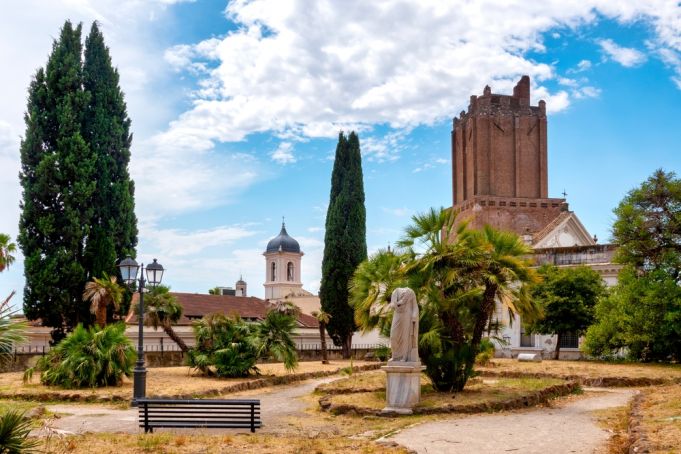Rome Embarks on Exciting Revitalization Project at Villa Aldobrandini.
Rome has kicked off a significant restoration initiative at Villa Aldobrandini as part of a broader plan to revamp the park and enhance its accessibility to visitors.
Despite its prime location on the Quirinal hill, the villa, designed by Giacomo della Porta, remains relatively unknown to tourists and under-visited by locals due to limited access.
The city aims to change this by opening up the villa with new entry points, elevators, and charming coffee spots.
The restoration project, totaling €8.3 million, is divided into two phases, with the first phase commencing last month.
Rome Mayor Roberto Gualtieri lauded the project as one of the city’s most significant endeavors, highlighting the villa’s historical significance and its neglected state over the years.
The redevelopment of #VillaAldobrandini has begun.
It’s a beautiful place, boasting incredible natural, artistic, and architectural heritage. It has been overlooked for too long due to access challenges. Now, it will finally undergo restoration… pic.twitter.com/shsvyc6Sb9— Roberto Gualtieri (@gualtierieurope) May 15, 2024
The initial phase, backed by €2.7 million, will focus on revitalizing the villa’s grounds and restoring a 16th-century loggia.
A cozy coffee house is slated to be established at the villa’s corner, complete with an elevator connecting to the garden.
The second phase, with a budget of €5.6 million, is set to commence post-Jubilee Year in January 2026.

The upcoming works involve reopening public access from Via Nazionale, restoring a staircase, installing a new lift, reclaiming a pavilion, reviving gardens, and illuminating archaeological finds.
For more information on the restoration project, visit the city website.
A Glimpse into Villa Aldobrandini’s Rich History
Hailing from Florence, the Aldobrandini family reached the pinnacle of power when Ippolito Aldobrandini ascended to the papacy as Pope Clement VIII in 1592.
In 1600, the pope acquired a sizable parcel of land on the Quirinal hill from the Vitelli clan and bestowed it upon his nephew Cardinal Pietro Aldobrandini.
The cardinal oversaw the construction of a new villa, designed by Giacomo della Porta, and adorned it with an extensive art collection, alongside marble statues in the gardens.
As Rome evolved into Italy’s capital in 1871, the villa’s grounds were reduced with the construction of Via Nazionale.
After remaining in the Aldobrandini family’s possession for centuries, the villa transitioned to the Italian state in 1926.



